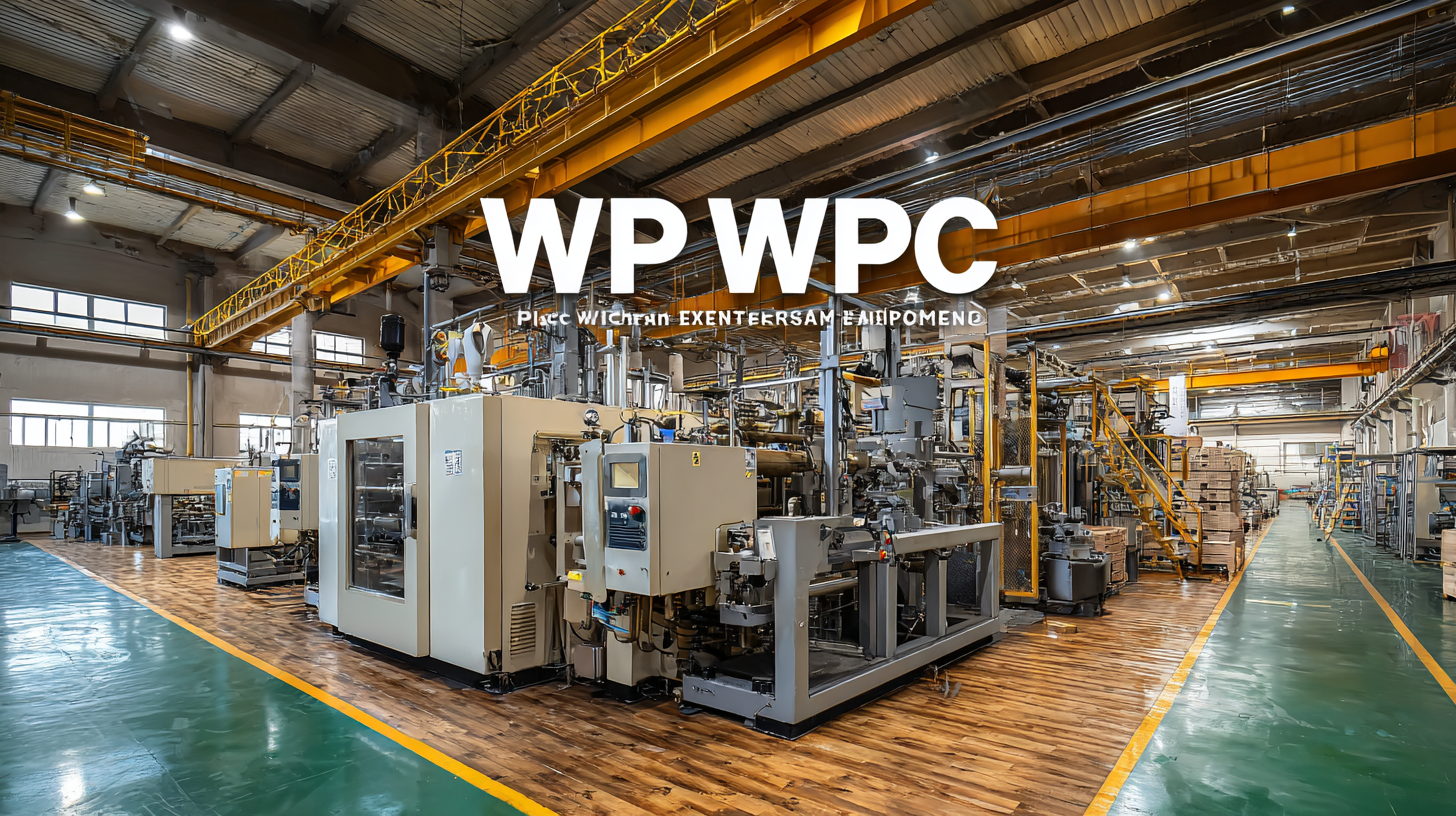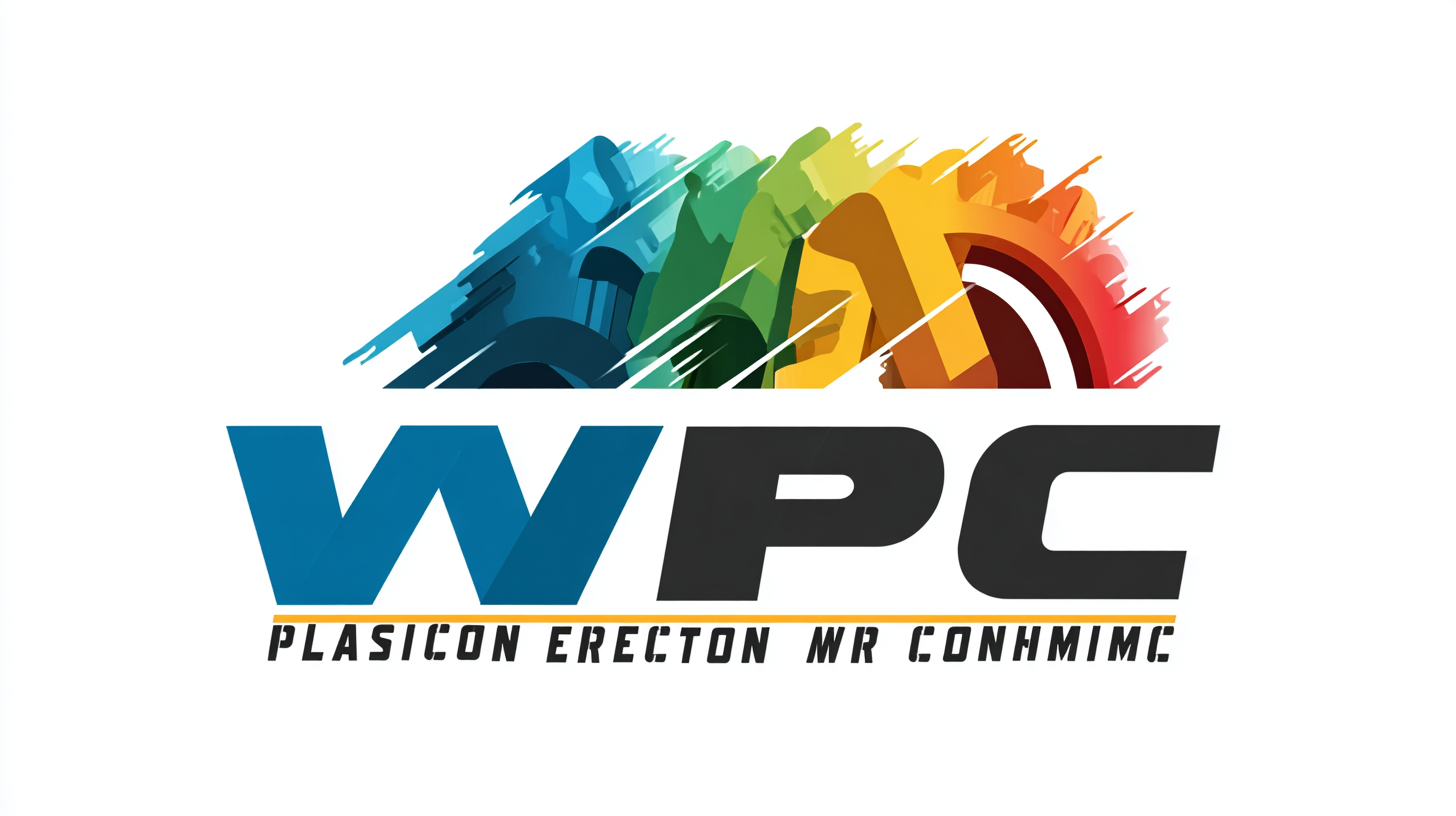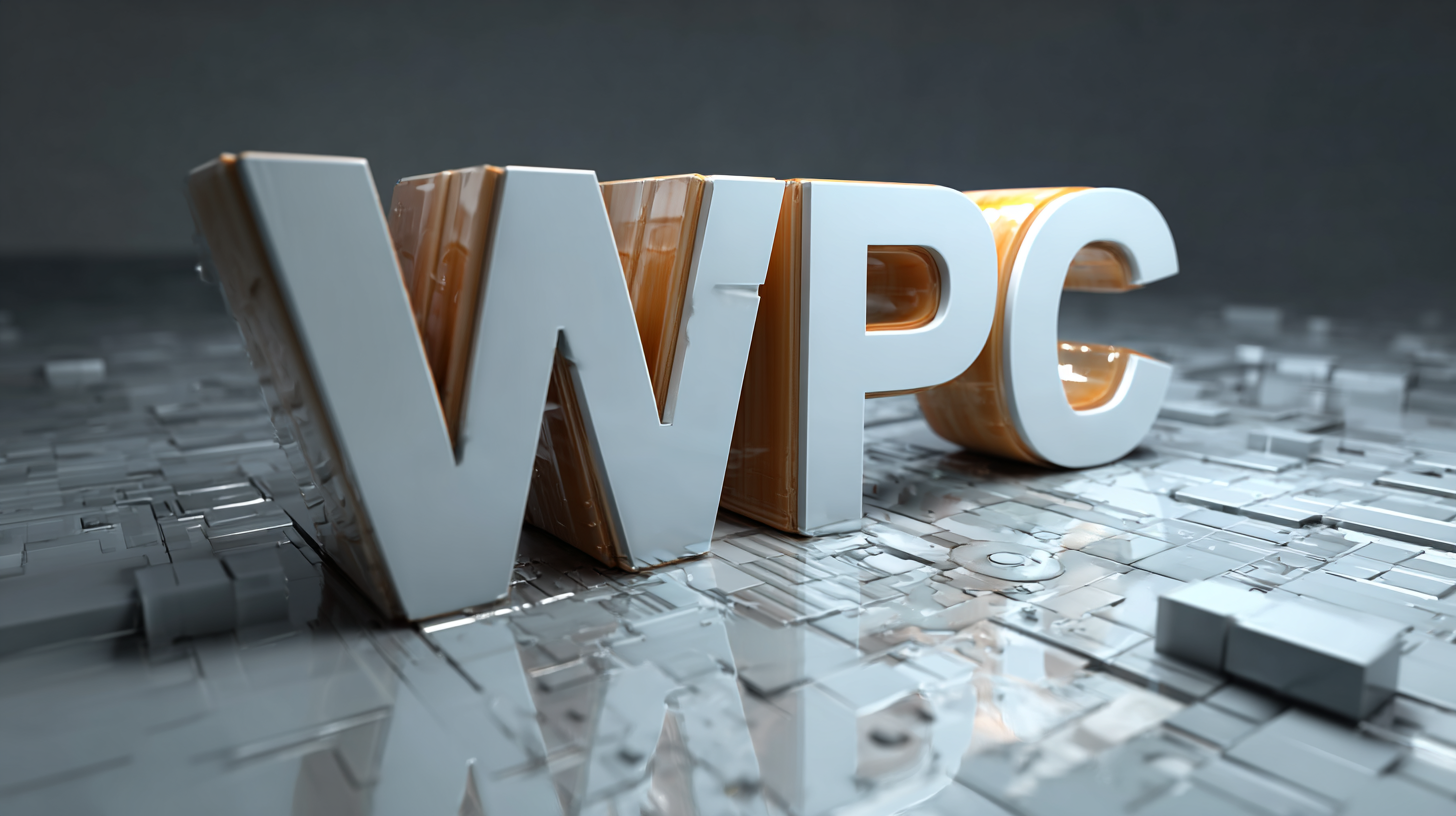
In the ever-evolving landscape of manufacturing, the adoption of advanced machinery is crucial for staying competitive, particularly in the wood-plastic composite (WPC) industry. The Plastic WPC Extrusion Machine stands at the forefront of this transformation, exemplifying technological innovation that markedly enhances production efficiency and product quality. According to a recent market report by Grand View Research, the global WPC market is expected to reach USD 10.4 billion by 2027, driven by the increasing demand for eco-friendly materials. The rise in consumer awareness regarding the environmental impact of traditional plastic has accelerated the shift towards WPC, making robust extrusion machinery essential for manufacturers aiming to meet growing expectations. Moreover, with the advent of strict export certification requirements, the need for high-performance Plastic WPC Extrusion Machines becomes even more critical, as they ensure compliance while optimizing production processes. Thus, understanding the multifaceted benefits of these machines is paramount for manufacturers looking to thrive in a competitive market.

The evolution of plastic Wood Plastic Composite (WPC) extrusion machines is transforming modern manufacturing, particularly in the context of eco-friendly applications. With the introduction of advanced extrusion technologies, manufacturers can produce high-quality WPCs that effectively combine wood fibers and plastics, resulting in durable and sustainable products. Recent experimental studies have shown a direct relationship between surface quality and water absorption in WPCs, which underscores the importance of precision in the extrusion process for achieving desirable material properties.

Moreover, the accessibility of affordable extruders from new markets, such as recent shipments of low-priced Chinese-built extruders to North America, is adding a new dimension to manufacturing capabilities. This influx allows manufacturers to explore cost-effective production methods while maintaining high standards for products like eco-friendly doors and profiles. With the global market increasingly focusing on sustainability, the advancement in WPC extrusion technology signifies a crucial step towards optimizing production efficiency and enhancing product performance in accordance with environmental standards.
The advancements in wood-plastic composite (WPC) extrusion technology are shaping the future of manufacturing, particularly in the production of eco-friendly and durable products. One of the pivotal features that set the best WPC extrusion machines apart is their ability to optimize the extrusion die and sensor integration. Recent studies demonstrate that a well-designed die enhances surface quality, significantly reducing roughness—a critical factor that influences the aesthetic and functional properties of the final products.

Additionally, the mechanical properties of WPCs, such as strength and modulus of elasticity, are directly linked to the precision of the extrusion process. Research indicates that variances in moisture absorption rates can lead to changes in performance characteristics, underscoring the importance of controlled production parameters. The significant correlation between material characteristics and processing techniques shows that an investment in high-quality extrusion machinery directly contributes to product integrity, making a strong case for manufacturers aiming for sustainability and durability in their offerings.
The advent of advanced WPC extrusion machines has drastically transformed manufacturing processes, particularly in the production of wood-plastic composite materials. These machines enhance production efficiency and quality by allowing manufacturers to produce items that closely resemble real wood. The latest high-level extrusion technology achieves a realistic wood grain color, making it ideal for a variety of applications, from decking to furniture.
One significant advantage of modern WPC extrusion machines is their ability to streamline production lines, reducing waste and enhancing output. By optimizing the extrusion process and allowing for better temperature control, these machines not only improve product consistency but also decrease operational costs.
Tips for maximizing efficiency include regularly maintaining your extrusion equipment to ensure consistent performance, as well as investing in training for your staff to fully understand the capabilities of the technology. Additionally, exploring different material formulations can help you achieve superior finishes and broaden your product range, ultimately leading to greater market competitiveness.
Advanced Wood Plastic Composite (WPC) extrusion technologies significantly reduce the environmental impact of manufacturing processes. Traditional plastic production often relies heavily on fossil fuels, generating substantial carbon emissions and waste. In contrast, the best WPC extrusion machines utilize sustainable materials, such as recycled wood and thermoplastics, to create durable products. This not only diminishes the reliance on virgin materials but also promotes a circular economy, thereby contributing to environmental sustainability.
Furthermore, these advanced machines are designed with energy efficiency in mind. By optimizing the extrusion process, they consume less energy compared to conventional methods, reducing overall carbon footprints. Innovations in technology enable improved materials handling and minimized waste generation, ensuring that manufacturers can operate with higher environmental accountability. As more industries adopt these sustainable practices through advanced WPC extrusion, they play a crucial role in mitigating environmental degradation and promoting eco-friendly production standards.
| Reason | Environmental Benefit | Efficiency Gain | Cost Savings |
|---|---|---|---|
| 1. Reduced Waste | Lower material waste through precise extrusion technology. | Increased throughput due to efficient material usage. | Cost reduction by minimizing raw material usage. |
| 2. Biodegradable Materials | Promotes the use of biodegradable additives. | Streamlined processes using these materials increase productivity. | Long-term savings from regulatory compliance and reduced landfill fees. |
| 3. Energy Efficiency | Lower energy consumption compared to traditional methods. | Faster processing times lead to reduced operational hours. | Lower energy bills contribute to operating savings. |
| 4. Recyclable Products | Support for creating fully recyclable products. | Efficient design methods enhance product lifecycle. | Potential revenue from recycling programs. |
| 5. Low Emissions | Reduced emissions during the production process. | Improved system optimization leads to better performance. | Avoidance of costly emissions taxes. |
| 6. Versatile Applications | Materials suitable for a wide range of eco-friendly products. | Versatility in production enhances market reach. | Higher sales potential through diverse applications. |
| 7. Innovation and Research | Encourages development of sustainable materials and processes. | Enhanced capabilities lead to innovative products. | Attracts investment and funding for further advancements. |
The advancement of Wood Plastic Composite (WPC) extrusion machines is pivotal in promoting sustainable manufacturing practices. According to a recent report by Smithers Pira, the WPC market is projected to grow at a compound annual growth rate (CAGR) of 11% from 2021 to 2026. This growth is largely driven by the increasing demand for eco-friendly building materials, particularly in the construction and automotive sectors. As manufacturers seek to reduce their carbon footprints, WPC extrusion machines enable the efficient processing of recycled wood and plastics, thus turning waste into high-value materials.
The future trends in WPC extrusion machinery highlight an emphasis on energy-efficient technologies and the integration of smart manufacturing principles. The adoption of IoT-enabled WPC extrusion equipment is reshaping manufacturing processes, allowing for real-time monitoring and data analytics to optimize production efficiency. According to a report from Allied Market Research, energy-efficient WPC equipment can reduce power consumption by up to 30%, significantly lowering the environmental impact of production. As businesses increasingly focus on sustainability, the strategic implementation of advanced WPC extrusion machines will not only meet consumer demands but also align with global sustainability goals, paving the way for a greener manufacturing landscape.
